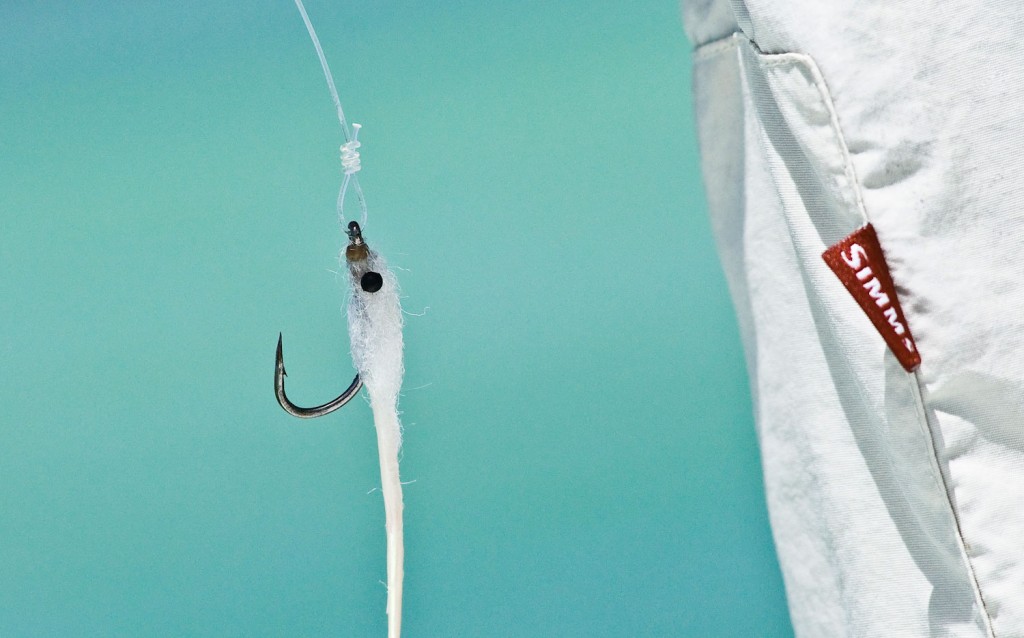Loop knots give your fly superior action in the water. There are several good options for creating a loop knot but tied in heavy salt water tippet, like you use for tarpon, most get quite bulky. In the first of three videos on better salt water knots, Capt. Joel Dickey shows us how to tie the Double Figure 8 Loop Knot. An excellent choice for strength, size and action.
Come fish with us in the Bahamas!
Louis Cahill Gink & Gasoline www.ginkandgasoline.com hookups@ginkandgasoline.com Sign Up For Our Weekly Newsletter!

Being a novice, and older, I see how to tie this knot sitting in a chair, but it appears it would be difficult if you need to tie it while wading the flats. Am I wrong, or stupid question. I really want to learn. thanks
Gary,
Practice makes it become second nature. You don’t have to use all three of those to tie that knot. Joel was just adding extra insurance since he was tying with such big fluorocarbon line which can make it hard to cinch down the knot tight. That isn’t a problem when you are tying the knot for bonefish with 12-17lb. Just tie it once a week for a couple months and you’ll never forget how to tie it the rest of your life. It may sound stupid but it works. Thanks for the comment and watching the video.
Kent
I’m new enough to fishing streamers that I was curious to learn this knot and give my flies some more action. Little did I know that I’ve been using this same knot for mountaineering and rock climbing for years!
So congrats guys, if you’re ever looking to climb Mount Rainier, you already know the number one knot you’ll need. Thanks for the video!
Chase,
Thanks man. That’s great to know LOL. I wish I weighed twenty pounds lighter and I’d give it a go.
Kent
I don’t believe this is exactly a figure 8 loop knot and looks much more difficult to tie.
I just performed three un-scientific tests on some 15 lb. mono, figure 8 loop knot on on one end and a non-slip mono loop on the other and pulled. In all three cases the knot broke at the non-slip mono loop. (Probably because the non-slip mono loop introduces more acute bends in the mono than the figure 8.)
I know what I will be using for a loop knot now. As mentioned before, the figure 8 knot is very familiar to anybody that climbs and I for one will never forget how to tie it. The downside is that the loop has to be large enough for the fly to fit through resulting in a larger loop.
http://en.wikipedia.org/wiki/Figure-eight_loop
thanks for the great blog, i always enjoy the magnitude of content. are there any advantages of this knot versus the non-slip mono-loop knot?
Short answer: No.
Pingback: Fishing knots | Buy Fishing Equipment
Pingback: Tippets: Dry Farming, Tying a Loop Knot, Hatchery Fish Survival | MidCurrent
Pingback: Tippets: Dry Farming, Tying a Loop Knot, Hatchery Fish Survival - Skiff Life - Flats and Back Bay Fishing